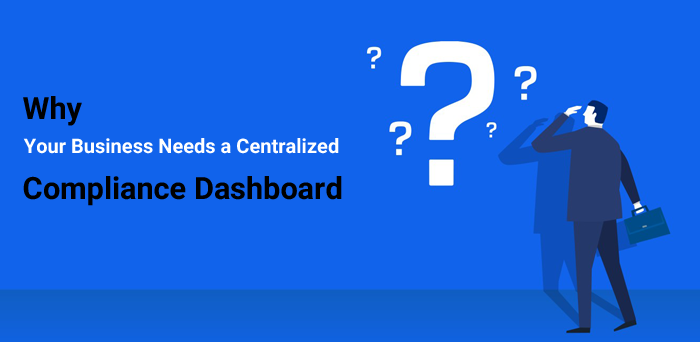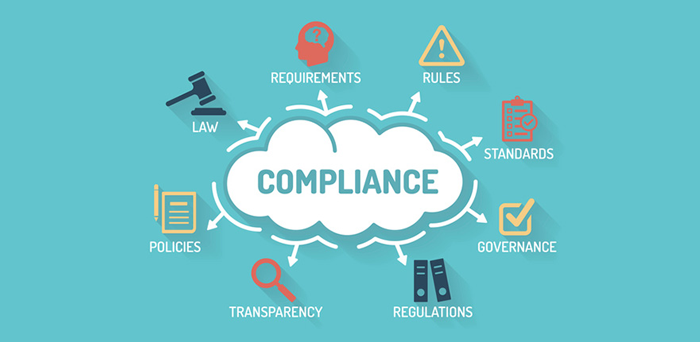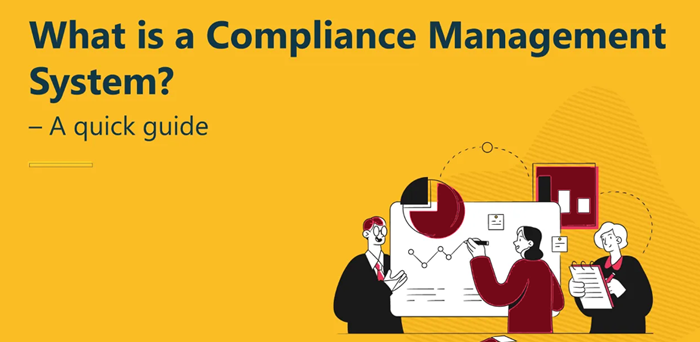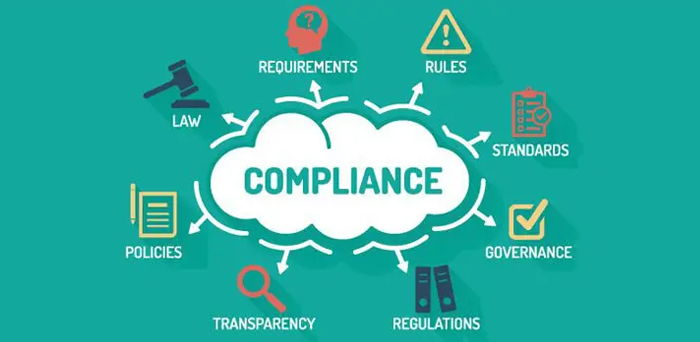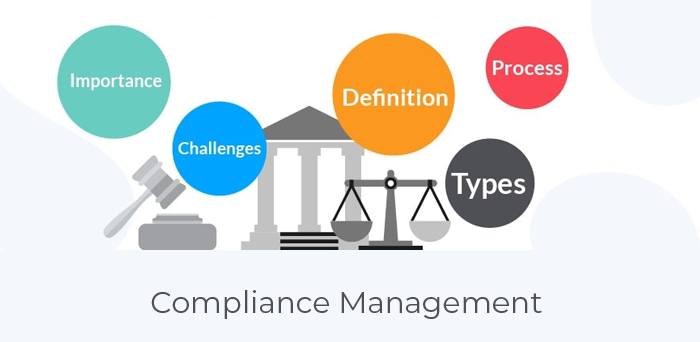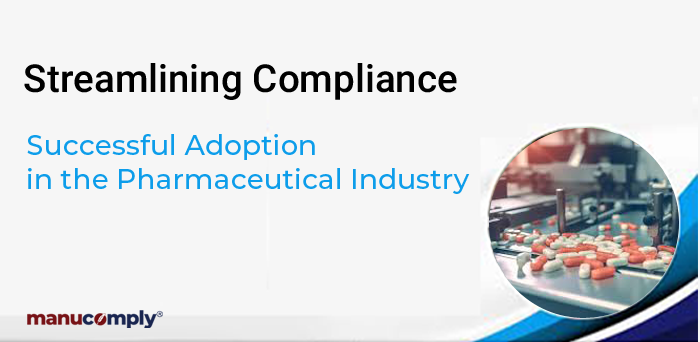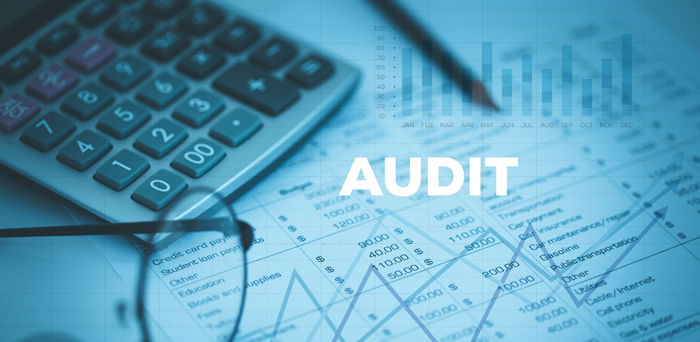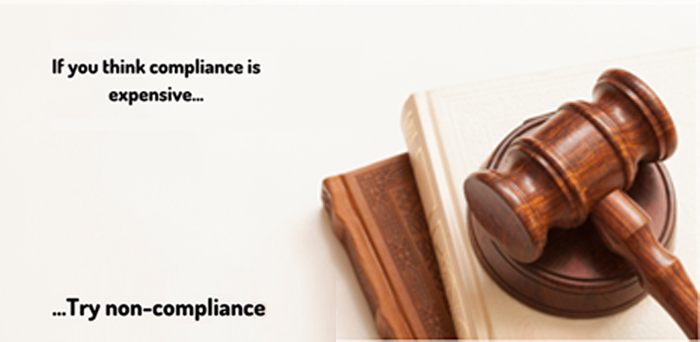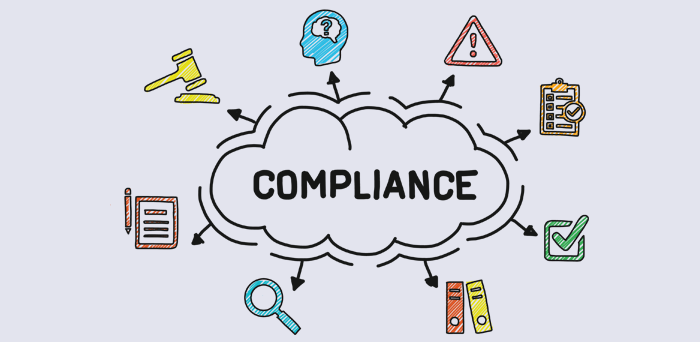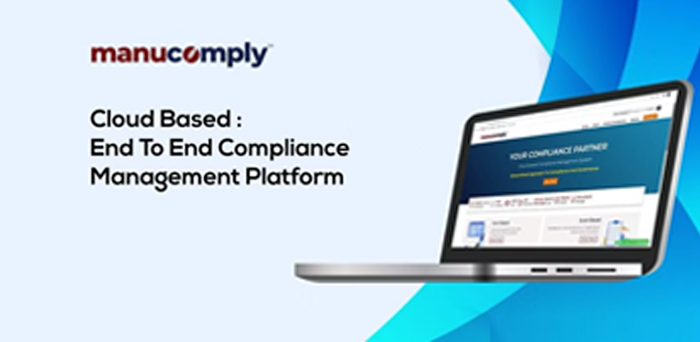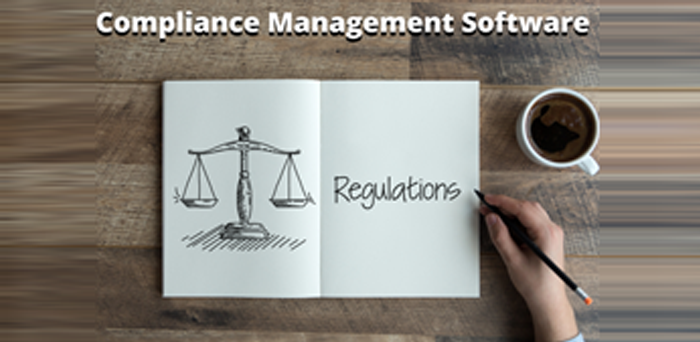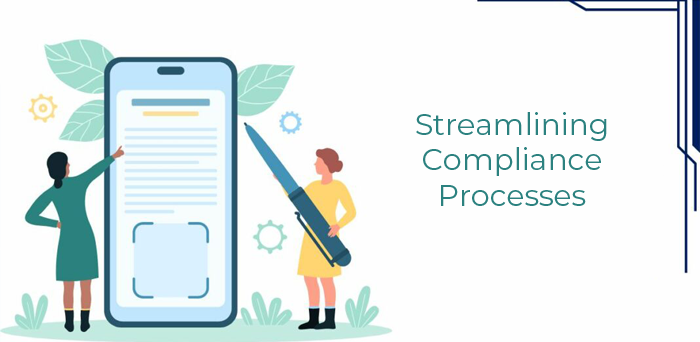
The Role of Technology in Streamlining Compliance Processes
This role of Technology is something increasing, which does not leave compliance as only a checked box, but rather, a necessity to be strategically acted on. The sheer volume and complexity of rules with rapid pace of development in technology make it nearly impossible to manually manage compliance. Technology offers strong tools and solutions that can mitigate risks, streamline procedures, and help companies meet regulatory obligations that includes:
1. Automation of Repetitive procedures:
The most important way through which technology helps simplify compliance is by automating tedious and repetitive processes.
- Data Entry and Management: It is usually required for compliance to handle huge amounts of data such as financial transactions, employee records, and consumer data. Data entry automation reduces the probability of human errors and releases precious time to more strategic compliance work.
- Report Generation: In most of the compliance requirements, reports need to be filed with regulatory bodies periodically. Reports can be automatically generated through technology, which helps in being accurate and consistent and also reduces the manual hours involved.
- Record Handling: Many papers replete with contracts, policies and audit reports have often been aligned with compliance. Such recordation can be well maintained, archived and retrieved, if document management systems exist, making the company both compliant and readily accessible.
2. Enhancement of Risk Assessment and its Monitoring
Technology has equipped organizations with the power of doing highly advanced risk assessments plus creating monitoring skills.
- Big Data analysis and predictive modeling: Advanced analytics tools can analyze vast datasets to identify trends, abnormalities, and possible hazards. Organizations are proactive in the anticipation and prevention of problems related to compliance before it gets worse. For example, in the prevention of money laundering and other financial crimes, one can utilize the applications of machine learning algorithms to identify questionable activities in financial institutions.
-
Real-time Monitoring: On the part of technological advancement, compliance indicators regarding what the firm must do might be traced in real time. Meaning possible issues, a business organization could see can act instantly. Cyber security solutions might be able to monitor its network traffic if it performs abnormally with data breach prevention and even data secrets.
Airtel Data Breach serves as a prominent example of the role technology plays in highlighting the importance of robust cybersecurity measures.
Issue: In 2018, Airtel, one of India's leading telecommunications companies, experienced a data breach affecting millions of its customers.
Role of Technology: The breach-exposed vulnerabilities in Airtel's systems, highlighting the critical need for strong security measures to protect sensitive customer data. This incident served as a wake-up call for many Indian companies tore-evaluate their cybersecurity practices.
Aftermath: In response to the breach, Airtel implemented enhanced security measures, including improved data encryption, stronger access controls, and increased monitoring of network traffic. This event also spurred discussions on data privacy and security regulations in India.
3. Better Training and Education
Technology is an essential input for better training and education of employees.
- Online modules: Online modules can present the employee with accessible, interactive learning on matters of compliance. Modules can be tailored to roles and functions, which means that the employee will learn about matters that he or she has an interest in.
- Gamification: This method of gamification approaches is to make compliance training enjoyable and engaging in terms of retaining and understanding employees.
4. Centralized Compliance Management Platforms:
Cloud-based compliance management systems can also make all compliance-related information such as policies, procedures, training materials, and results of audits available under one roof. These technologies help compliance teams collaborate and communicate better, making the process easier to streamline.
5. Overcoming the Challenges and Concerns:
Although technology has a number of advantages in terms of compliance management, the business must also address some issues and concerns:
- Data Security: The companies must ensure that the compliance technology platform is processing and storing sensitive data safely.
- Data Privacy: Although technology is used to collect and process consumer and employee information, data privacy laws like the Information Technology (Reasonable Security Practices and Procedures and Sensitive Personal Data or Information) Rules, 2011 and the Data Protection Bill, 2023 shall be taken into account.
- Integration: It is hard and costly to integrate compliance technology with existing systems and processes.
- Change Management: There is a need for change management for implementing new technology so that the new system can be adopted by the staff and minimal disruption can be made.
- Ethical Matters: Businesses have to ensure that technology will be applied in compliance management with respect to the privacy of employees, ethically.
Importance of Sector-Specific Compliance Protocols:
- Financial Services: In India, the Reserve Bank of India (RBI) mandates strict compliance with anti-money laundering (AML) and know-your-customer (KYC) regulations. Banks and financial institutions leverage technology to detect and prevent financial crimes like money laundering, terrorist financing, and fraud.
- Healthcare: India has implemented the National Digital Health Mission (NDHM), which focuses on digitizing healthcare records. This requires robust security measures to protect patient data privacy and ensure compliance with relevant regulations.
- Manufacturing: The Indian government has implemented stringent environmental regulations to address pollution and climate change. Manufacturing companies are increasingly using technology like IoT sensors and data analytics to monitor emissions, manage waste, and ensure compliance with environmental standards
The most populous of these is the Satyam Scandal:
Satyam Computer Services, a major Indian IT company, was involved in a major accounting fraud in 2009. The company manipulated its financial statements, leading to a significant loss of investor confidence and highlighting the need for stronger corporate governance and compliance regulations in India.
Conclusion:
The use of technology alters the compliance landscape that allows an organization to better negotiate its complexity in regulatory obligations. Using automation, advanced analytics, and state-of-the-art technologies can help businesses further develop their overall compliance posture, reduce risk, and make the process of compliance more streamlined. In this regard, it is extremely important to give significant attention to the issues and concerns involved with the use of technology in compliance management so that it can be successfully and ethically made happen.
